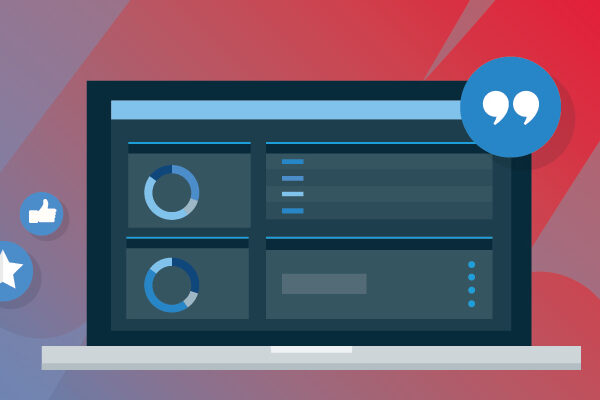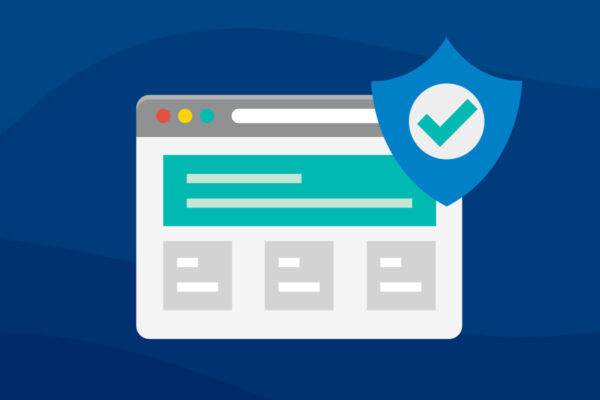The Difference Between Backup and Business Continuity
Data protection solutions are essential for businesses of all sizes to implement, regardless of size, industry and geographic location. Thinking about data backup is a good first step. Business continuity is equally important to consider as it ensures your organization is able to get back up and running in a timely matter if disaster strikes. For example, if your server dies, you wouldn’t be able to quickly get back to work if you only had file-level backup. Your server would need to be replaced, software and data re-installed, and the whole system would need to be configured with your settings and preferences. This process could take days. Can your business afford to lose that time?
When talking about business continuity, we think in terms of Recovery Time Objective (RTO), and Recovery Point Objective (RPO).
- RTO: The Recovery Time Objective is the duration of time within which a business must be restored after a disruption to avoid unacceptable consequences.
- RPO: The Recovery Point Objective is the maximum tolerable period of time in which data might be lost due to a disaster.
By calculating your desired RTO, you have determined the maximum time that you can be without your data before your business is at risk. Alternatively, by specifying the RPO, you know how often you need to perform backups. You may have an RTO of a day, and an RPO of an hour depending on what your business.
What to Look for in a Business Continuity Solution
Here are some key things to look for when seeking a business continuity solution:
- Hybrid cloud backup—A hybrid approach fixes the vulnerabilities that a cloud-only or local-only possess.
- Superior RTO and RPO—Think in terms of business continuity rather than simply backup, and calculate how much downtime your business can endure and still survive (RTO) as well as how much data you can afford to lose (RPO).
- Image-based backup—Make sure that the backup solution takes images of all data and systems rather than simply copying the files
While most small businesses may not have the same size IT budget as larger enterprises, the risks facing their business data are the same. Data backup solutions come in all different flavors. No matter what solution you chose, implementing data backup and business continuity should be a priority for your organization.
To learn more about the difference between backup and business continuity, check out our eBook. You’ll learn the biggest threats to your data, what to look for a in a business continuity solution, and more. Download it today!



